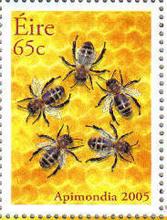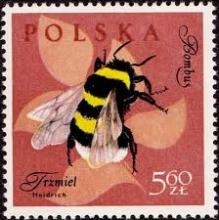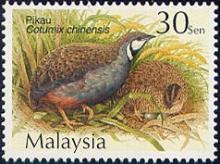Joe Barry: 'Pesticides also harm beneficial insects and the birds that feed on them'
Farmland birds are important indicators of the ecological health of our countryside and the recently published figures show how bad the situation is. BirdWatch Ireland and BirdLife Europe have revealed that farmland bird populations in Ireland and across Europe are at their lowest levels since records began. Grey partridge Perdix perdix numbers are down a massive 82pc, the skylark Alauda arvensis 46pc, the linnet Carduelis cannabina 62pc and the corn bunting Miliaria calandra 66pc. I wrote recently about how the curlew Numenius arquata is facing extinction and yellowhammer Emberiza citrinella numbers are at their lowest ever levels, while many other previously common farmland birds have shown significant, long-term declines. Intensive farming creates difficulties for almost all wildlife. Monocultures of grain and grasses provide little food for seed eaters unless generous margins are left at the headlands. Early mowing for silage removes vital springtime habitat. Drainage destroys wetlands and the damage done by removing hedgerows is well known. Pesticides can kill far more than the target 'pests' by also harming beneficial insects and the birds that feed on them, and continuous tillage depletes the organic matter in the soil. Slug pellets harm the creatures that eat slugs and rat poison can end up in the digestive systems of birds like barn owls. Careless spreading of slurry and silage effluent often causes serious pollution, as do incorrectly installed septic tanks, yet howls of protest are heard whenever someone points this out.







